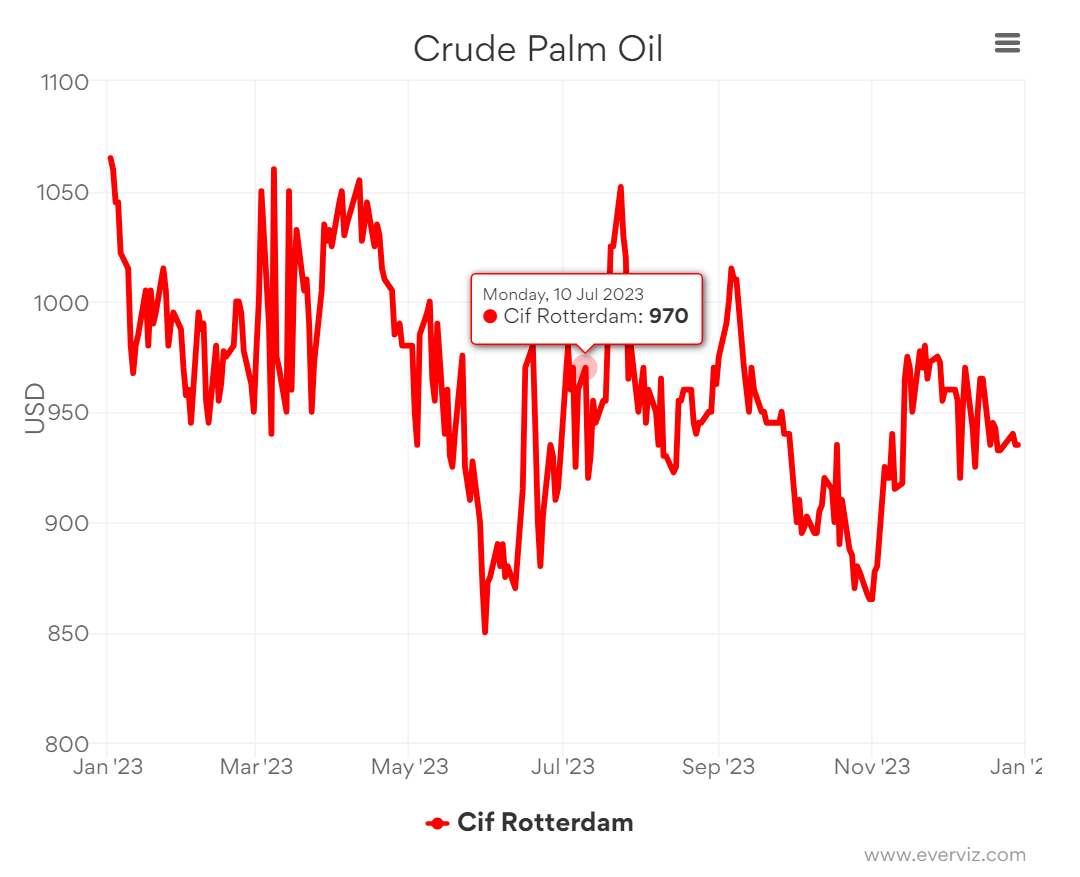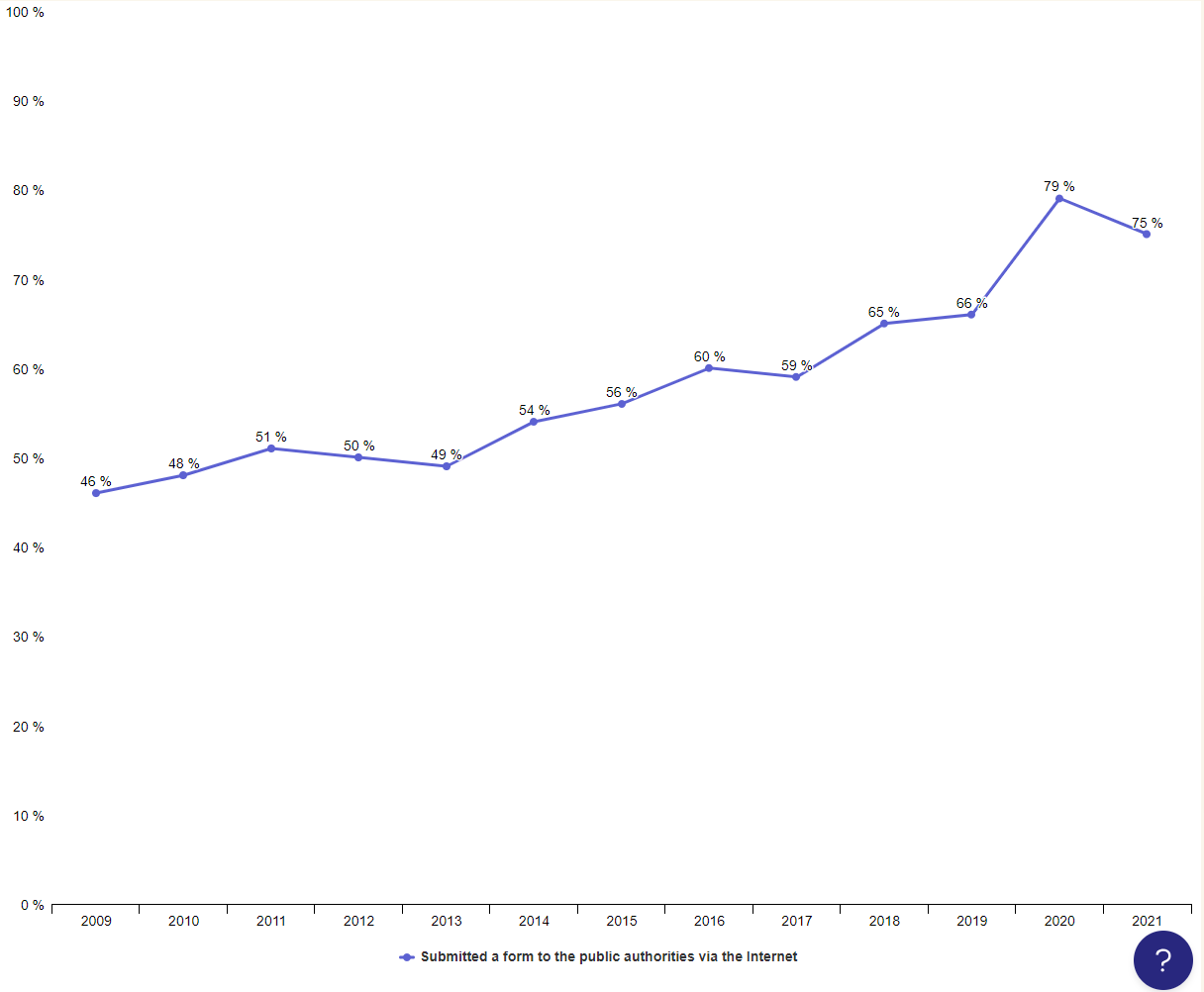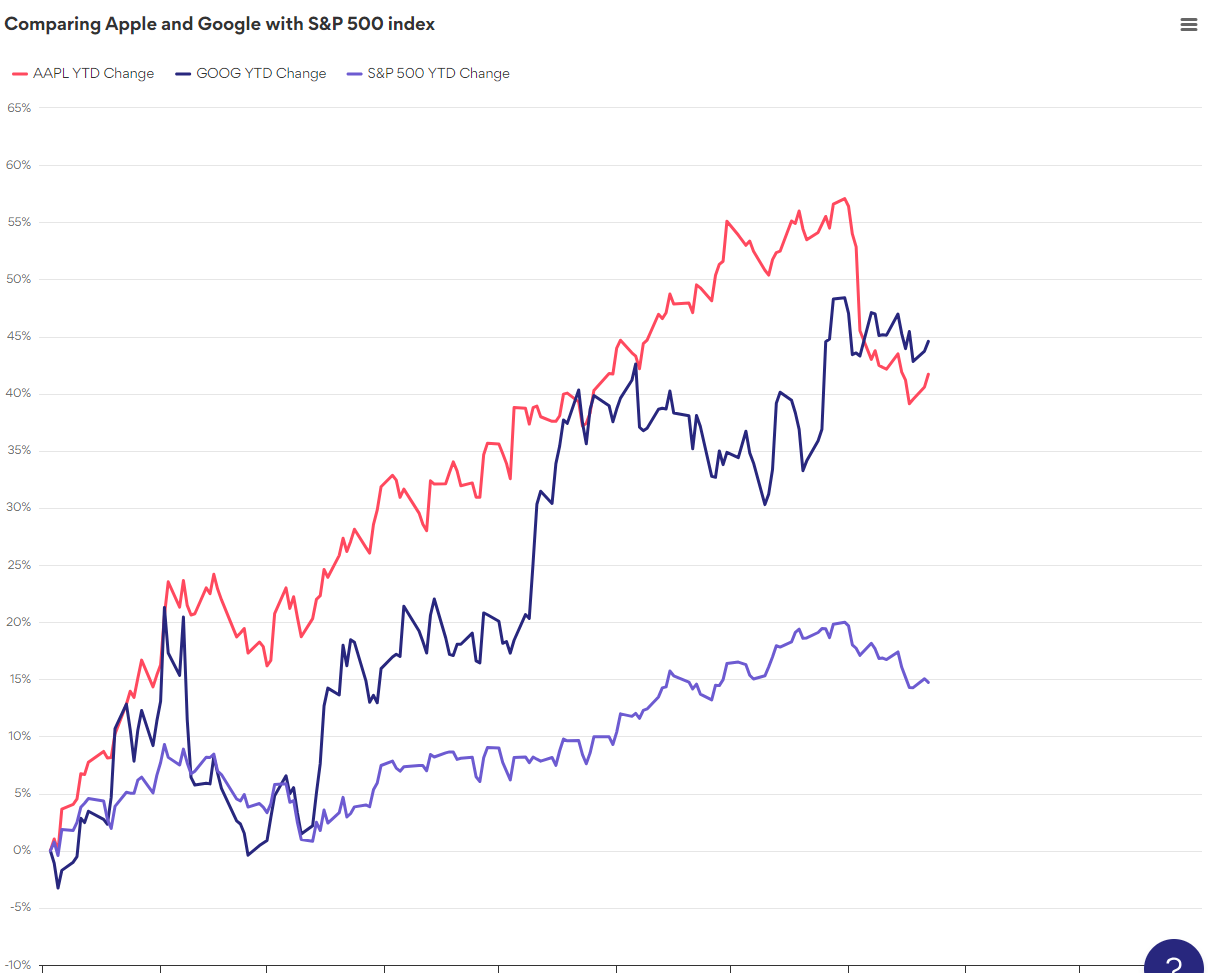The “World Cup Attendance (1930 – 2018)” chart provides an overview of the historical spectator turnout at FIFA World Cup events spanning nearly nine decades. This data visualization encapsulates the global enthusiasm and passion that the world’s most celebrated football tournament has garnered throughout its storied history.
The x-axis typically represents the years of each World Cup, starting with the inaugural event in 1930 and culminating in 2018, while the y-axis displays the number of attendees. Each data point on the chart corresponds to a specific World Cup edition and represents the total attendance figures, including fans, supporters, and enthusiasts who flocked to stadiums to witness the excitement of the beautiful game.
This chart not only showcases the growth and popularity of the FIFA World Cup over time but also highlights the cultural and social significance of the event. It reveals which tournaments attracted the largest crowds, such as the memorable 1994 World Cup held in the United States or the record-breaking 2014 World Cup hosted by Brazil.
World Cup Attendance charts serve as a historical record of the tournament’s ability to unite people across borders and cultures in a shared love for football. Beyond the statistics, these charts capture the spirit of the world’s most-watched sporting event and underscore its role in fostering global connections and a sense of togetherness.
As the World Cup continues to evolve and expand, this chart provides a valuable reference for fans, researchers, and sports enthusiasts interested in tracing the tournament’s journey through the decades and celebrating the enduring legacy of the beautiful game on the global stage.


